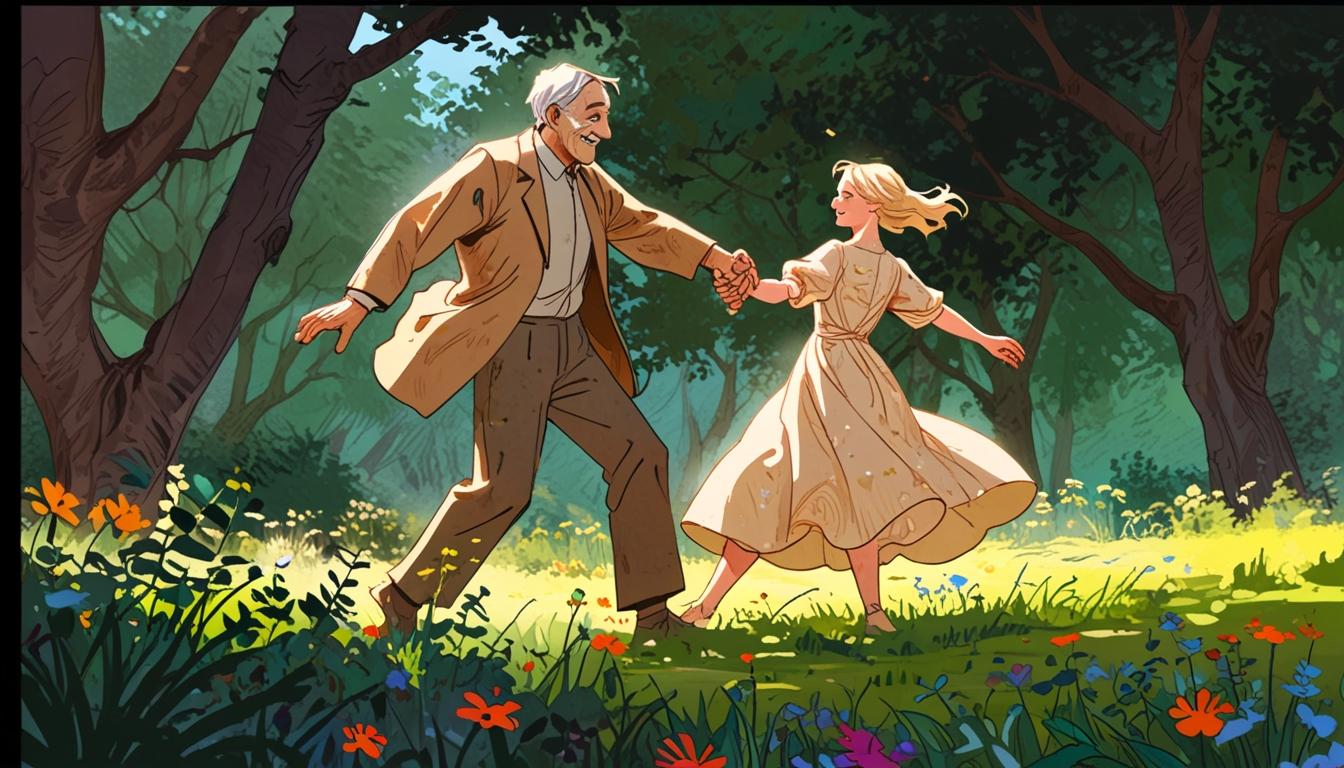Wooden carved statues of J.R.R. Tolkien and his wife, Edith, are set for unveiling in Roos, East Yorkshire, on 6 June 2025. This initiative celebrates the area’s significant influence on the acclaimed writer during a tumultuous period in his life while recovering from trench fever during the First World War. Tolkien’s nearly 18-month stay in Hull and surrounding locations is widely regarded as pivotal, with these landscapes inspiring his beloved fantasies, including The Hobbit and The Lord of the Rings.
The statues commemorate a poignant moment from the summer of 1917, when Edith danced for Tolkien in a woodland glade, a scene that later inspired the legendary tale of Beren and Lúthien found in The Silmarillion. Liz Boulter wrote in a past piece for The Guardian, “The newly pregnant Edith danced for her husband in what he called in later writings ‘a hemlock glade,’" believed to be Dent’s Garth, a beautiful wood near Roos, flourishing with wildflowers. The enchanting local flora and landscape played a crucial role in shaping Tolkien’s mythos and creative narratives.
One of the featured statues showcases a young Tolkien, rising about eight and a half feet tall, while its counterpart depicts Edith in a graceful silhouette against a hefty oak slab. These artworks were crafted by Lincolnshire-based artist Allen Stichler, employing oak sourced from the Sotterley Estate in Suffolk, thereby infusing the sculptures with an intrinsic connection to nature, much like the inspirations behind Tolkien's stories.
Councillor Nick Coultish, the cabinet member for culture, leisure and tourism at East Riding of Yorkshire Council, remarked on the significance of these statues, saying they “aim to honour J.R.R. Tolkien’s profound connection to East Yorkshire, a place that played a pivotal role in shaping the imaginative world of Middle-earth.” He noted that the unveiling not only highlights Tolkien's experiences during the war but also celebrates the beautiful landscape that fostered his creativity, promoting a sense of belonging and appreciation for local heritage.
The council's aspirations stretch beyond cultural homage; they anticipate that the statues will serve as a catalyst for economic revitalisation in the Holderness region. Built with funding from the council and travel company Route Yorkshire Coast, the statues are part of a broader initiative known as the Tolkien Triangle. This network of landmarks is designed to promote awareness of Tolkien's affinity for East Yorkshire and its lasting impact on his literary legacy.
As Boulter eloquently put it, this setting, with its historical and natural beauty, epitomises a moment of hope amidst the backdrop of wartime despair—“Men were dying in France, but this joyous scene in a sun-dappled copse betokened a future worth fighting for.” The hope is that these statues will not only anchor Tolkien's literary journey within the landscape that inspired him but will also evoke a renewed interest in the region's cultural history and artistic significance.
Ultimately, the unveiling of these statues marks a harmonious fusion of art, literature, and local history, inviting both admirers of Tolkien and newcomers to explore the rich tapestry of East Yorkshire's contributions to the world of fantasy literature.
Reference Map
- Paragraph 1: [1], [2], [3]
- Paragraph 2: [1], [2], [3], [5]
- Paragraph 3: [1], [2], [3], [6]
- Paragraph 4: [1], [3], [4]
- Paragraph 5: [1], [2], [4], [7]
- Paragraph 6: [1], [2], [5], [7]
- Paragraph 7: [1], [3], [5], [6]
Source: Noah Wire Services
